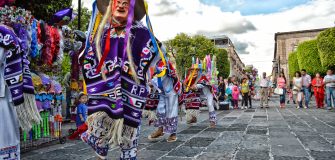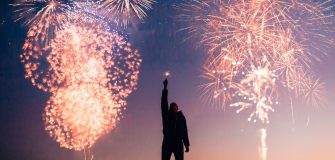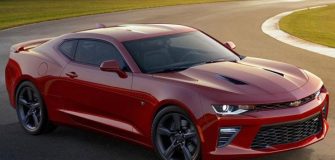How to Photograph The Milky Way
Share
Photographing the Milky Way is one of the most rewarding and impressive types of photography that you can master.
When done right, astrophotography produces awe-inspiring results. These will impress your friends and strangers who view your portfolio.
Setting Up for Milky Way Photography
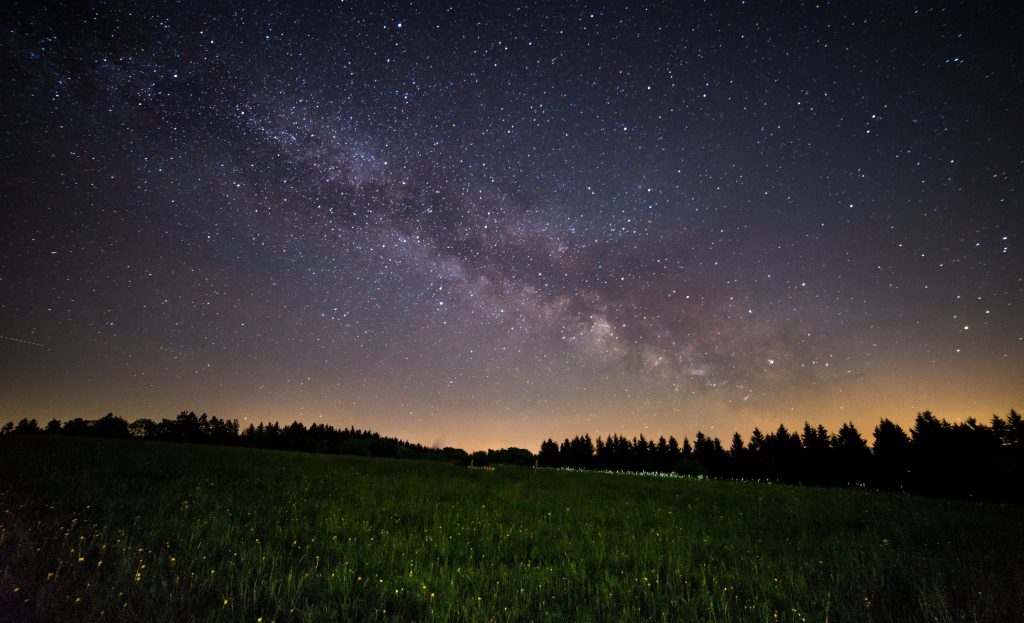
Photographing the Milky Way is about 20% technique, 30% gear, and 50% preparation.
It’s important to not only know which settings to choose and lens to use. But also how to find the Milky Way at night without worrying about other factors.
For example, the moon washing out the night sky, or the clouds blocking your view, or city lights hiding the Milky Way.
Taking photos in the middle of the night, in pitch-black darkness, can be as tricky as it sounds. We suggest checking a light pollution map too, to avoid city lights. Your location matters too, as the Milky Way is not always visible. Check visibility times in the southern and northern hemispheres before you head out.
It’s important to make sure that you come prepared with the right gear, set up and ready to go.
In this first section, we’re going to talk about the gear you need. This ranges from your camera and lens choices to remote shutters and tripods, all the way through to the clothes we recommend you wear.
Milky Way Photography Gear: A Comprehensive Guide
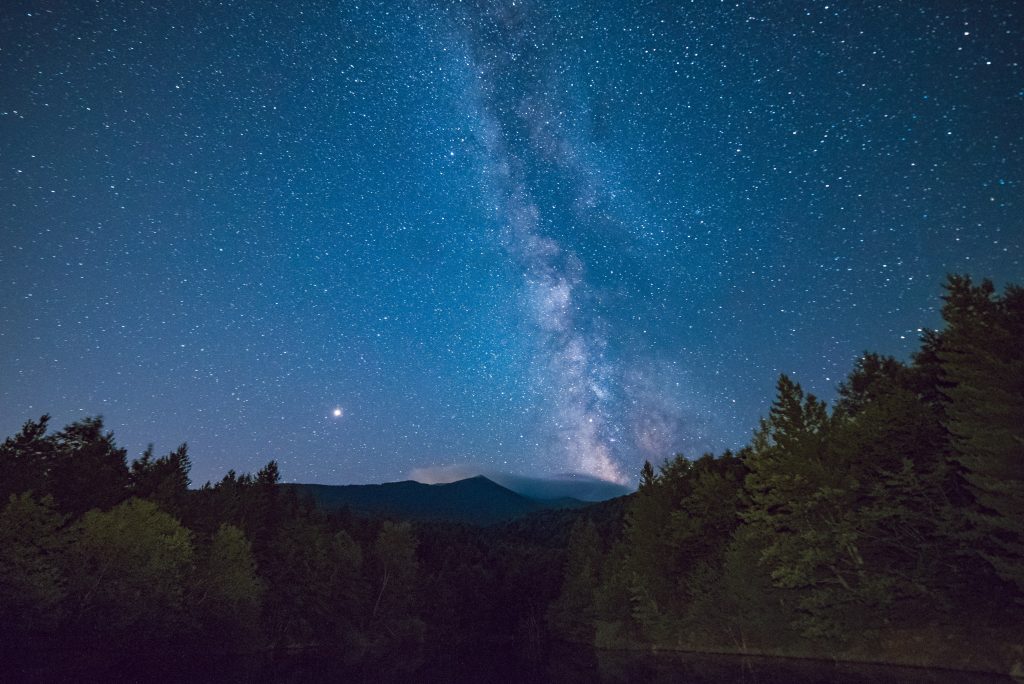
Astrophotography doesn’t need as much expensive or specialized gear as you may think. You can capture incredible results with a basic DSLR or mirrorless digital camera.
But, all gear is different. If you’re going to invest in any more equipment, it should be the lenses we recommend in this post below. These include wide-angle lenses and manual focus lenses.
We also go over a few handy accessories that you won’t want to leave home without.
To make sure you have all the necessary gear for Milky Way photography, read our article!
Sensor size is often a topic of discussion amongst photographers. It affects the field of view, depth of field and resolution of your images. Therefore it is crucial to know at least the basic traits of each sensor type before delving into photography.
Which sensor you choose will naturally affect your astrophotography as well. When it comes to field of view, each sensor size has its advantages and disadvantages. However, in the case of low light performance, full-frame cameras definitely win the competition.
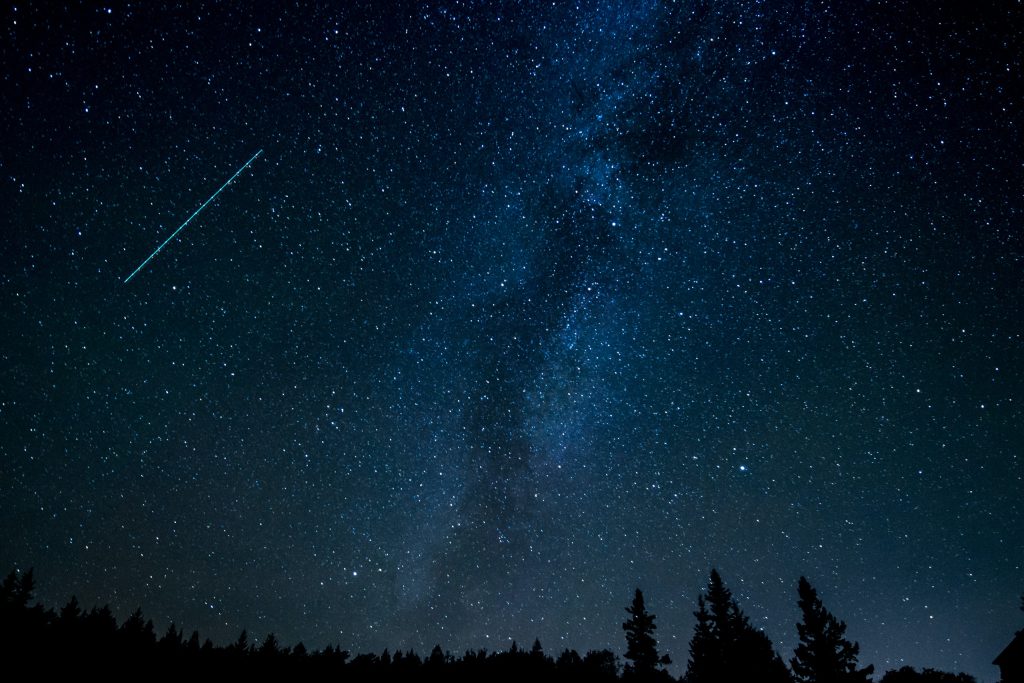
Read our article if you would like to know more about how different sensor sizes affect your astrophotos!
Shooting at night means that you need to think carefully about what you are going to wear. You need to take the lower night temperature into account.
On top of that, you need to get around on the location in the dark, without seeing much. Lights and good boots are as important as your camera and tripod.
This article will show you what clothes and accessories you’ll need. Especially if you plan to stay warm on long nighttime shoots. The best images come from perseverance and patience, which definitely require you to be comfortable and warm.
We also recommend a few pieces of accessories for each category. With having the proper equipment, you can make sure you can take the photos you planned to get.












